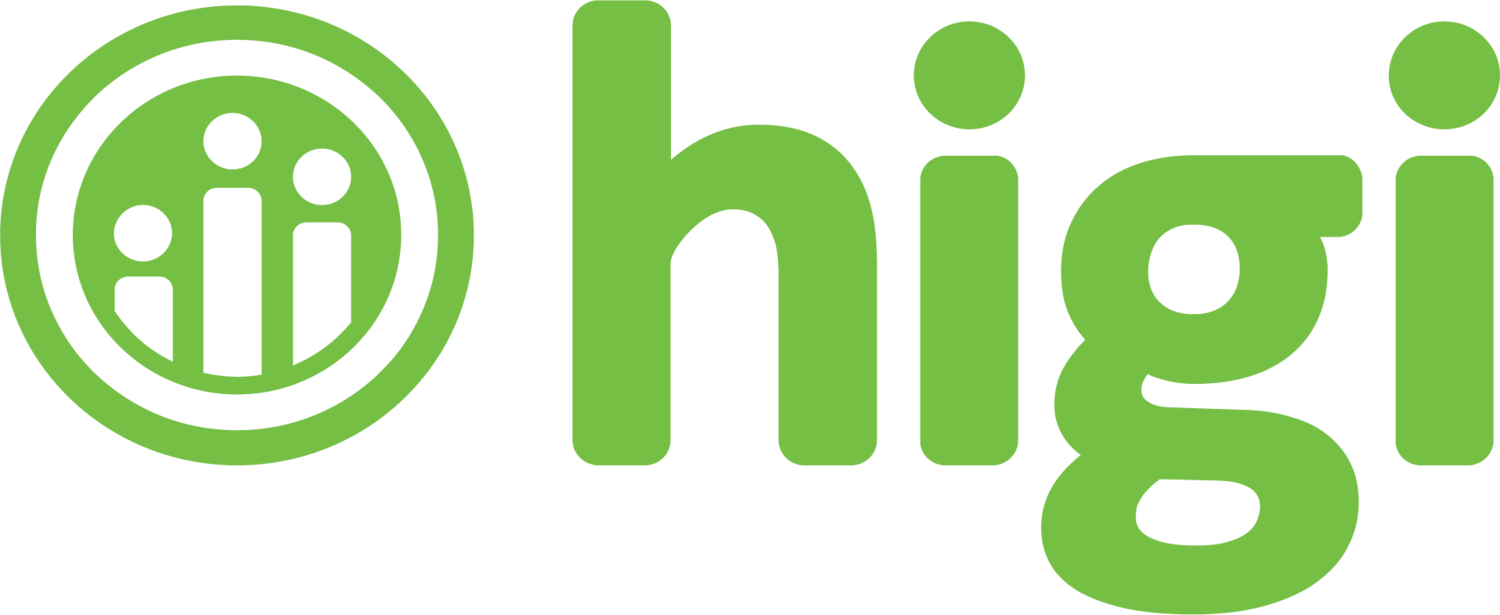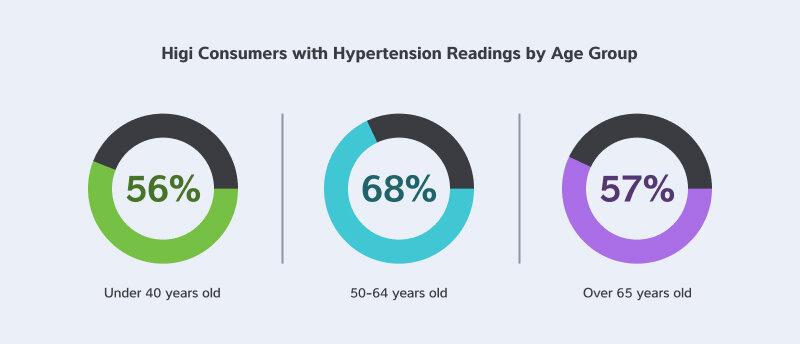Healthy Aging: Mind & Body
This month, we’re talking about healthy aging. Why? Because across the Higi network, almost 60% of our sessions are completed by consumers over 50 and more than 25% are over 65. We also know that with age comes an increase in the prevalence of chronic disease, as well as the associated cost of care.
Shouldn’t those numbers be larger for consumers over 65? Are people getting healthier as they age? It’s not likely. For our age 50-64 cohort, we see significant risk factors, which could lead to decreased mobility, more serious care needs or untimely death. While the 65+ cohort using the Higi network may be actively participating in their health, it’s those who are not, or whose health is declining, who need our help – earlier in the aging process.
In fact, the Centers for Disease Control and Prevention (CDC), AARP and the American Medical Association (AMA) jointly issued a call to action for the promotion of preventive services for consumers aged 50-64 for this very reason. Their analysis: “Staying healthy is essential to [quality of life for aging adults]; yet, by the time they reach their sixth decade, 70 percent will have been diagnosed with one or more chronic health conditions – and nearly half will have two or more.[1]”
In addition to the ongoing work Higi does to educate consumers of all ages about chronic disease, better understanding personal risk and accessing resources to take action, we’re working to address the health and healthcare challenges associated with aging head on. We’re starting with a focus on loneliness and social isolation, which impacts more than one-third of adults aged 45 and over, and nearly a quarter of adults aged 65 and older[2] and can take a serious toll on physical health.
This month, we’re collaborating with the National Council on Aging (NCOA) on our digital education efforts. NCOA offers a variety of resources for older adults and caregivers – such as tools for money management and falls prevention programs -- as well professionals and advocates in the space. As part of our user experience, consumers will come to better understand how Higi and NCOA can support them as they age, beginning by helping them to address issues of loneliness and social isolation. This is just the start of our collaboration with NCOA, which will focus on other topics relevant to aging populations later in the year.
Although difficult to measure, the CDC highlights the potential for a strong link between loneliness, especially in older adults, and costly health events,2 including an increased risk of premature death, increased risk of heart attack and stroke, and among heart failure patients, an increased risk of hospitalization and Emergency Department visits.3
[1] Smolka G, Purvis L, Figueiredo C. Health care reform: What’s at stake for 50- to 64-year-olds? AARP Public Policy Institute Insight on the Issues. AARP Web site. Available at: http://assets.aarp.org/rgcenter/health/i24_hcr.pdf
[2] https://www.cdc.gov/aging/publications/features/lonely-older-adults.html
[3] National Academies of Sciences, Engineering, and Medicine. 2020. Social Isolation and Loneliness in Older Adults: Opportunities for the Health Care System. Washington, DC: The National Academies Press.



